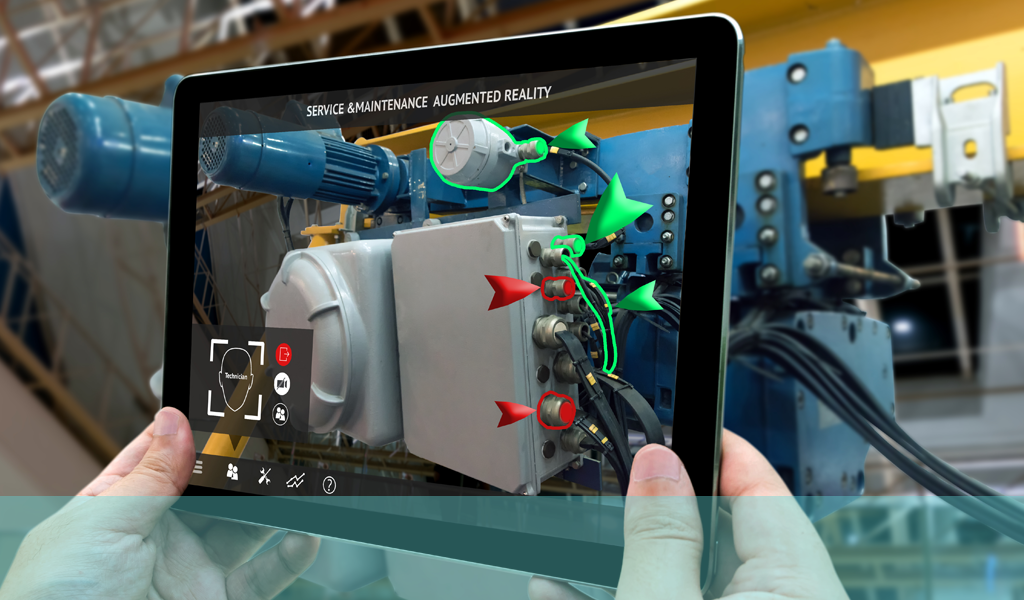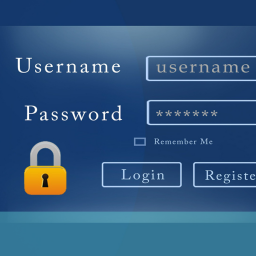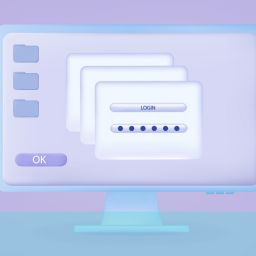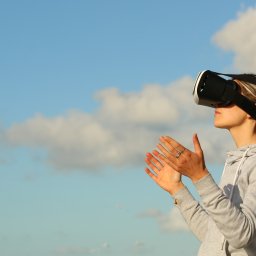
Augmented reality (AR) is where an online application or system interacts with reality in realtime and enhances or modifies the real-world perception of the user. Probably the best-known example of this technology is Pokemon Go.
It is predicted that use of AR is set to grow at a significant rate over the next few years and it will be applied over a great number of areas and businesses. So how is this development going to affect user experience on websites and what do site owners and managers need to be conscious of and sensitive to, in its use?
Advantages of AR for UX Designers
- Creativity: AR allows for a huge degree of creative and expansive thought in its use. Applications that already exist have fed on this but even more scope for innovation and improvisation on the themes and uses is possible as the technology becomes more adaptable and complex.
- Extreme Engagement: AR allows a level of engagement with the user that wasn’t possible before. It encourages total immersion and can hook users in a way that little else could compete with (but see Obsessive use under Drawbacks).
- Feedback: AR is able to provide real-time feedback and simulation of activity to users thereby improving their perception of whatever tasks it is undertaking and guiding them through potential pitfalls or blind alleys. It can also serve to reproduce real activity in a virtual environment.
- Accessibility and Portability: in order for AR to work properly in the context for which it is primarily intended it needs to be accessible from multiple devices and portable. This increases its potential usefulness by a significant amount.
- Aid to Understanding and Usage: because AR can simulate actions it can virtually walk the user through a routine or activity without the need for complex messages or instructions thereby eliminating many errors and frustrating misinterpretation or misunderstanding of directions.
Challenges of AR for UX Designers
- Security: there are significant privacy and security issues with the amount (and type) of data being shared with sites using these applications. The nature of the interaction lends itself to potential abuse and this is an area that requires careful monitoring and, possibly, regulation.
- Obsessive Use and Alienation: another possible area of difficulty falls within the social and cultural fields as more and more people spend significant amounts of time online with websites and social media and, perhaps, start to lose a sense of being in touch with reality. AR can only serve to heighten this feeling of alienation.
- Standards: as the technology is still in its infancy, standards for the design and use of AR haven’t be developed or agreed and challenges remain for designers, regulators, site 0wners and users in how this progresses and resolves itself, to some degree.
We will only fully understand the impact and implications of AR as its use develops and plays out across the web and its interaction with the Internet of Things begins to take more shape. In the meantime if remains a potent advance – but one that needs to be handled with care and sensitivity.
If you would like to learn more about AR and how it might affect, or be incorporated into, your website, why not ring us on +44(0)800 0246247 or email us at hello@ux247.com to arrange a no-commitment chat on your needs.

















